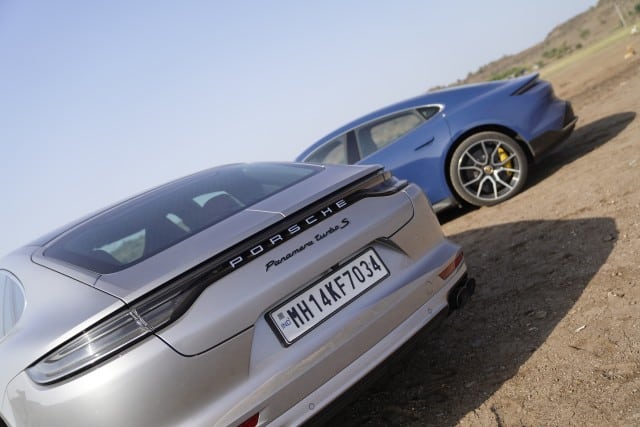
The shape of the Panamera is smooth and sleek, with not too many pronounced creases or accents. It’s a sport-luxury-business saloon to many back in Germany and Leipzig has been busy. The styling, as I’ve said before, is not for everyone, although the performance always is. The Taycan is based off the Mission-E and it’s come through almost unchanged; which is great. The Taycan Turbo S in this special shade of Neptune Blue looks unique and like nothing else on the road. It has proper curves that rise and fall and make its form look almost ethereal.
I choose the electric first—only because it’s the one I’ve never driven before. Behind the wheel, it feels special. The epitome of “less is more”. Everything feels pared back and minimal yet extremely high-quality and well-integrated. The adaptive sports seats feel bespoke. The interior and trim are exquisite and, having sampled the Taycan from the opposite end of the scale last year, this other extreme is familiar and very, very tantalising.
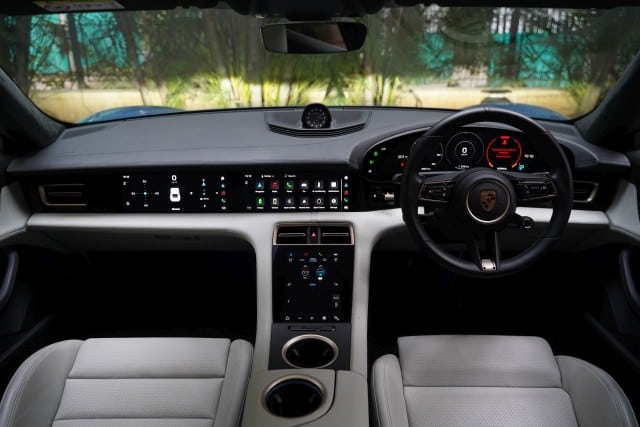
Shift the lever to “D” and the Taycan Turbo S is ready to go. As the Germans have shown time and again, the driveability is well calibrated and it feels linear and not sudden; and there are no actual turbos, of course. Even with 850 Nm of always-on torque (the peak 1,050 Nm is readied for when Launch Control is used) there is no deluge of misfortune and panic in every direction; it’s serene, quiet, unhurried and, well, sedate. It makes driving in a crowded city so much easier. “Find a stretch and do the Launch thing.” Absolutely, Brain!
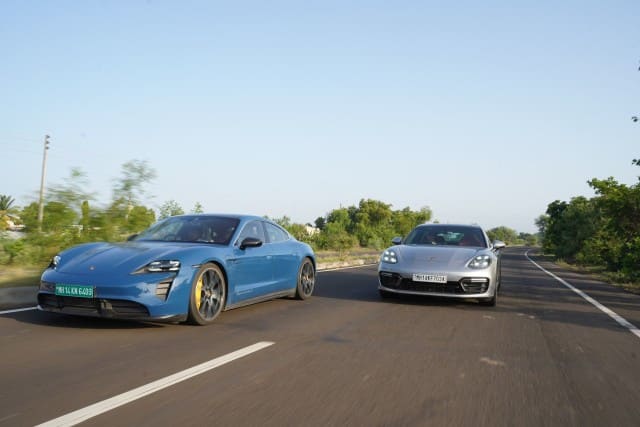
There’s not a sound. No sport tail-pipes, no boxer-six or V8 growl, just a sudden low-chord twang as it shoots off into the distance with any skeletons in the closet relegated to the back stacked with bones perfectly clack-aligned together in one split second as torque takes over and acceleration is the only perceptible reality. Zero to 100 km/h is dismissed in less than three seconds. The Taycan Turbo S will do 260 km/h, if you can find the space to do it in this day and age, that is. It is brutal off the line and the acceleration goes on and on. For as long as an open road exists, bodies will be pinned to the seat powerless save for an exhilarating and rather blurred view from the front windscreen. But when not flooring it like a savage, it feels even greater driven with conviction. Stuck to the road, the 21-inch, 265-section front and 305-section rear rubber provide the rails for precise cornering and sublime handling. Its weight may be about 225 kilograms more than the Panamera, but it’s mostly all in the floor. Changes of direction are dismissed with lizard-tongue precision and every input, voluntary and involuntary, translates into immediate positive response. It feels connected and not because of the high-speed infotainment. The curves and haunches make for quite a view out of any window I look. It made me realise what it would feel like at the wheel of a 917 race car. I smile. This Taycan is quite all right.
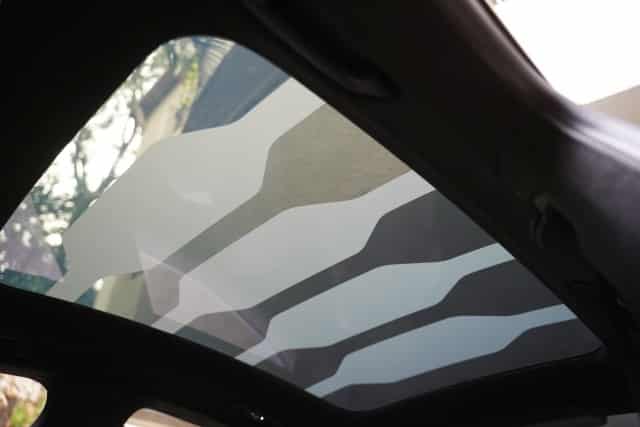
Panoramic Glass Roof with Variable Light Control
I stop and swap the two motors for just the one, with eight cylinders, and—now—evident turbo-lag. Even so, I’m only getting settled in and the Panamera Turbo S (non-E-Hybrid, the one that came later) was something I had actually sampled at the racetrack not too long ago. I knew it was a monster and it had big teeth and wasn’t afraid to use them. The four-door coupé body style on the Panamera sport sedan and Taycan is the same silhouette. Both also have a Cross Turismo estate style. The Panamera also gets an “Executive” long-wheelbase variant, but those are only built to order for those with deep pockets. This one works fine. It’s comfortable everywhere, front and rear, and I could swear I saw two more driver seats in the rear, too. It’s maximum support all around.
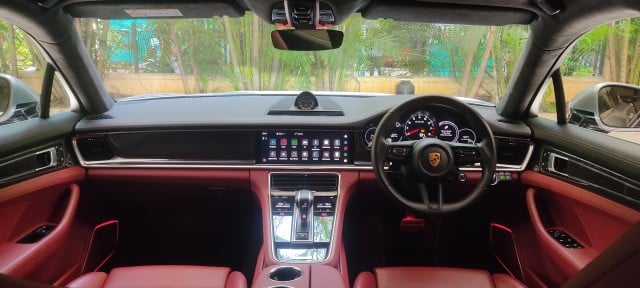


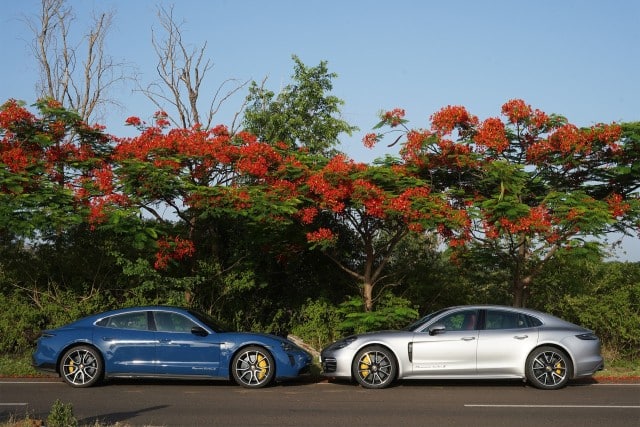


















Leave a Reply